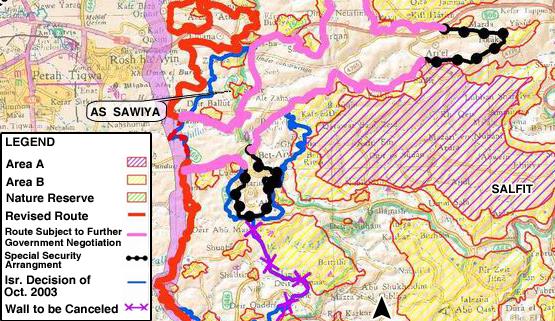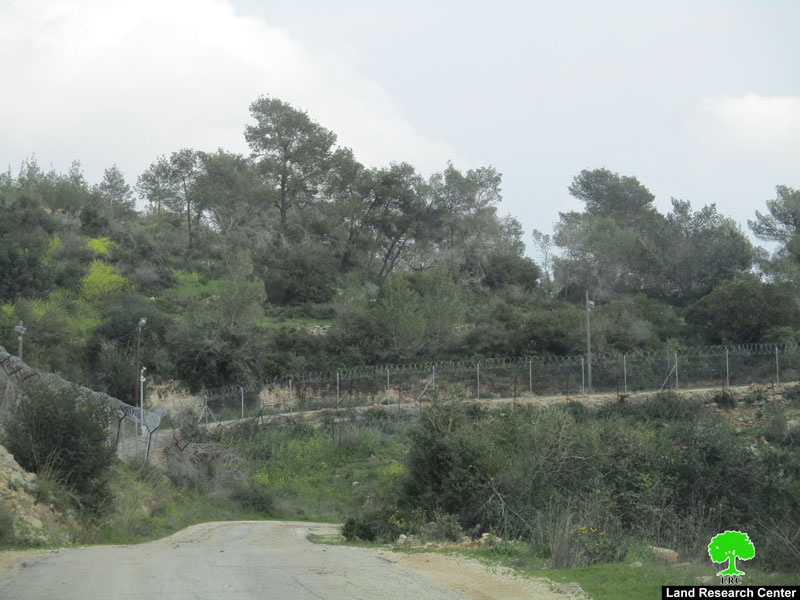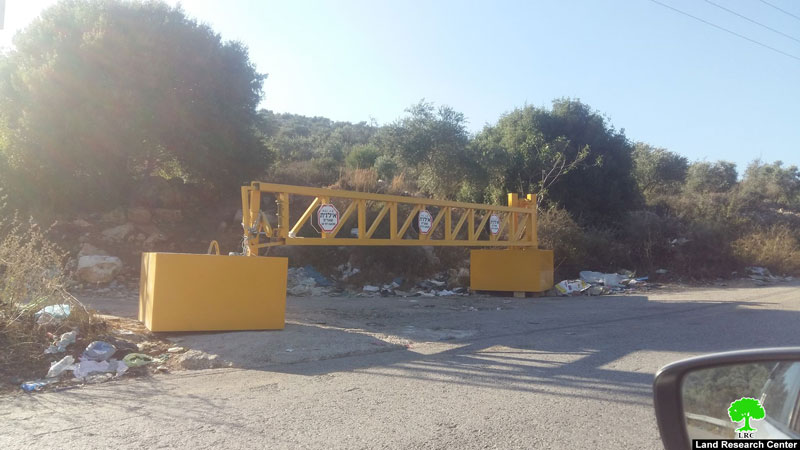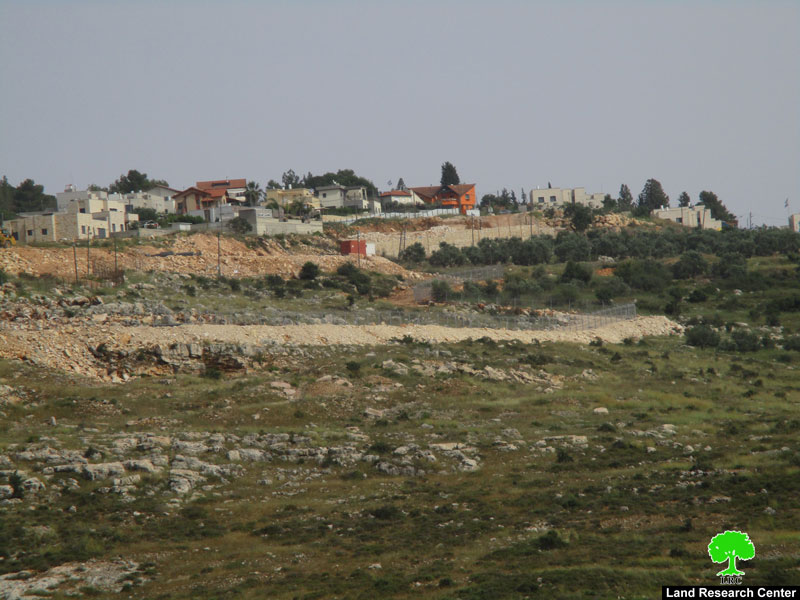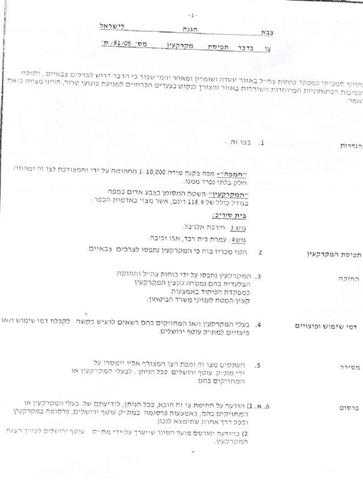After a 7 month stop, Israeli bulldozers resumed work in the construction of the Segregation Wall to the west and south west of the village of As Sawiya in Salfit governorate.
The stoppage came in response to a decision taken by the Israeli 'High Court of Justice' after a series of protests and objections on the part of Palestinians affected by this Apartheid expansionist colonial project. The Palestinian legal measures in this case have been provided by the Jerusalem Center for Legal Aid.
The previous Wall plan intended to expropriate or separate about 20,000 dunums out of the total of 240,000 dunums of the village lands, in addition to the devastation of 400 dunums for the route of the Wall.
The recent path of the Wall is in compliance with the revised route of the Wall according to the Israeli government's decision of February 20th, 2005. In As Sawiya section, it has the length of 6 km and width of 100 meter which will lead to total destruction of almost 600 dunums for the path of the Wall apart from the land that will be separated behind it.

Map 1: map of the Israeli announced revised route of the Wall
according to the government's decision of February 20th, 2005) according to the government's decision of February 20, 2005)
The old and the new plans of the Wall have caused and will cause devastating negative impacts on the people and land of As Sawiya such impacts include:
Environmental impacts:
-
The colonists of nearby Elkana have taken advantage of land expropriation, separation and access denial and started to pour wastewater and throw solid waste over the lands separated behind the Wall causing the destruction of soil and crops (Elkana colony was established in 1977 over lands confiscated from As Sawiya village. Last year's census put the number of colonists in Elkana at 3200 (Source – Foundation For Middle East Peace).

( Map 2: The village of As Sawiya ( in red font) and Elkana colony
( in black font) which borders As Sawiya from north))

( Photo 1: in the background is the settlement of Elkana; in the foreground
are the land leveling works for the Wall construction)
(Photo Courtesy of LRC)
-
The Israeli army has prevented the As Sawiya local authority from using the only solid waste dump site available for the village under the pretext of proximity to the Wall path. This measure has exposed local people to health hazards and created environmental contamination as there is no other alternative to get rid of waste accumulated in the streets of the village.
Economic impacts:
-
The prevention of Palestinian farmers from entering into their agricultural fields either separated behind the Wall or located in the eastern bank of the Wall has caused heavy financial losses, given the fact that 35% of the village people depend on agriculture as their main income. These economic hardships have raised the level of unemployment in the village to unprecedented records.

( Photo 2: land leveling works for the Wall path around the settlement
of Elkana. In the foreground is part of a Palestinian house close to the path of the Wall))
-
The new path of the Wall will lead to the total destruction of almost 600 dunums of fertile agricultural lands, as well as the separation of about 14,000 dunums behind it. These losses are added to the previous ones incurred by the old path of the Wall, as the Israeli bulldozers uprooted 60,000 long – lived Roman olive trees and razed and destroyed 400 dunums for the path of the Wall. The aforementioned 400 dunums have been deserted and in need of rehabilitation now.
-
The Wall construction will separate at least three wells that have been used by the village farmers and shepherds, including:
a. Al Qattan well;
b. Al Hamam well;
c. Al 'Amud well.
-
The prevention of animal breeders from accessing grazing areas in the vicinity of the Wall path has resulted in economic losses for those people.
-
The Wall construction will create a barrier between the village laborers and their workplaces inside Israel which, in effect, will increase the percentages of poverty and unemployment.

( Photo 3: part of the Wall path being built on land confiscated from As Sawiya
Prepared by
The Land Research Center
LRC


